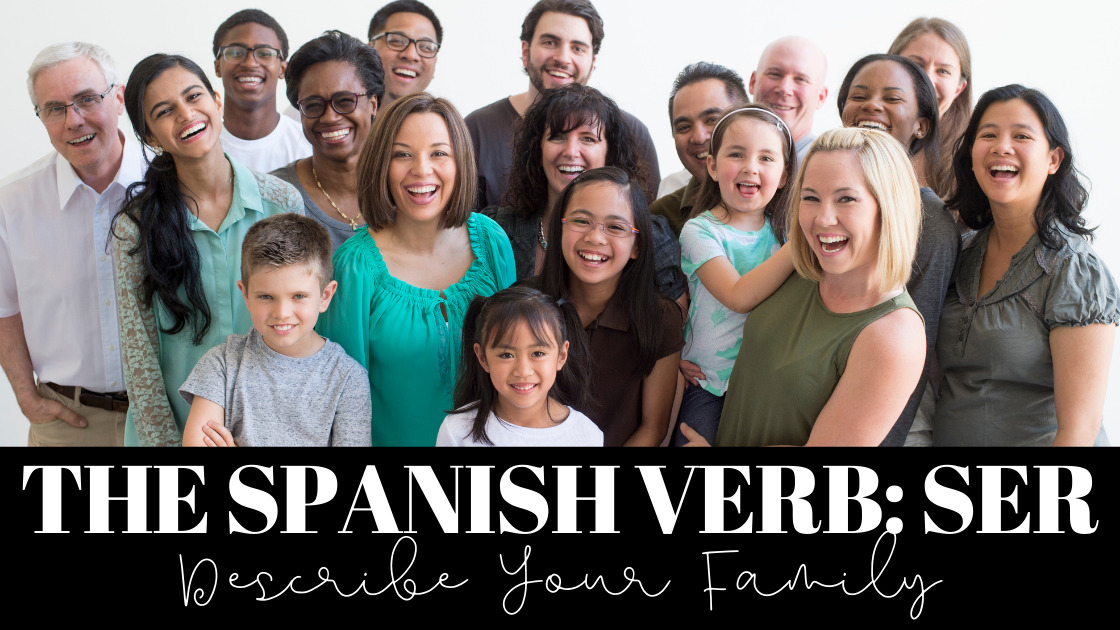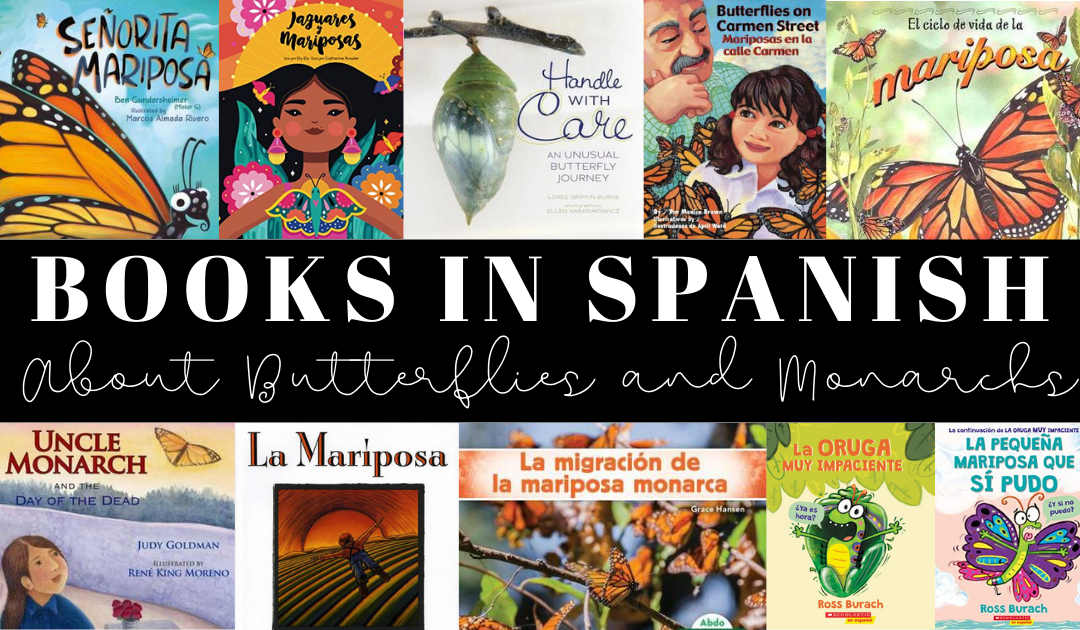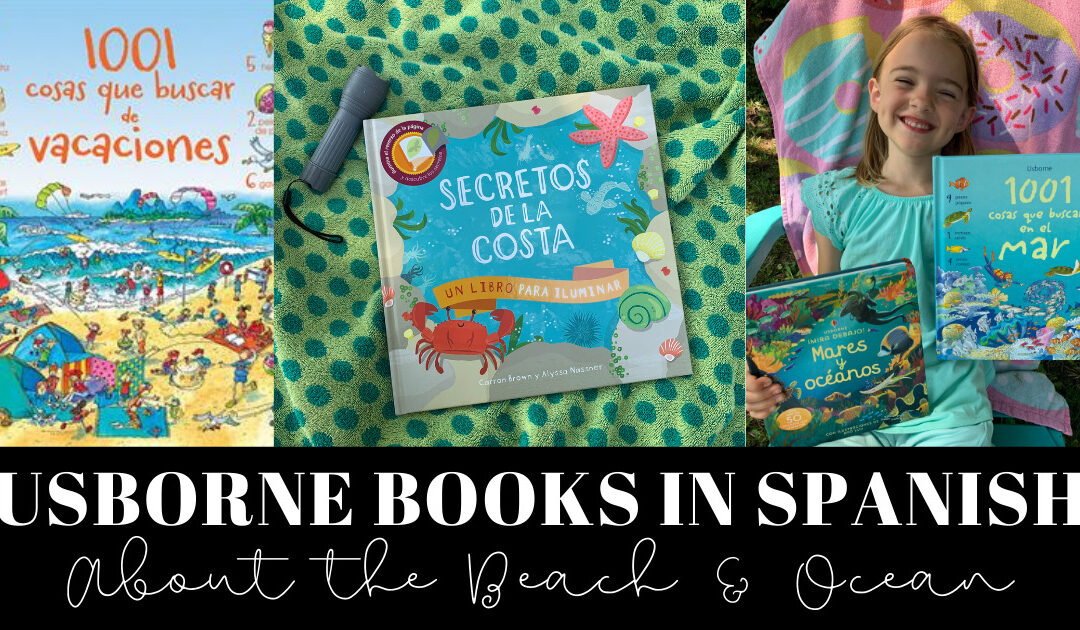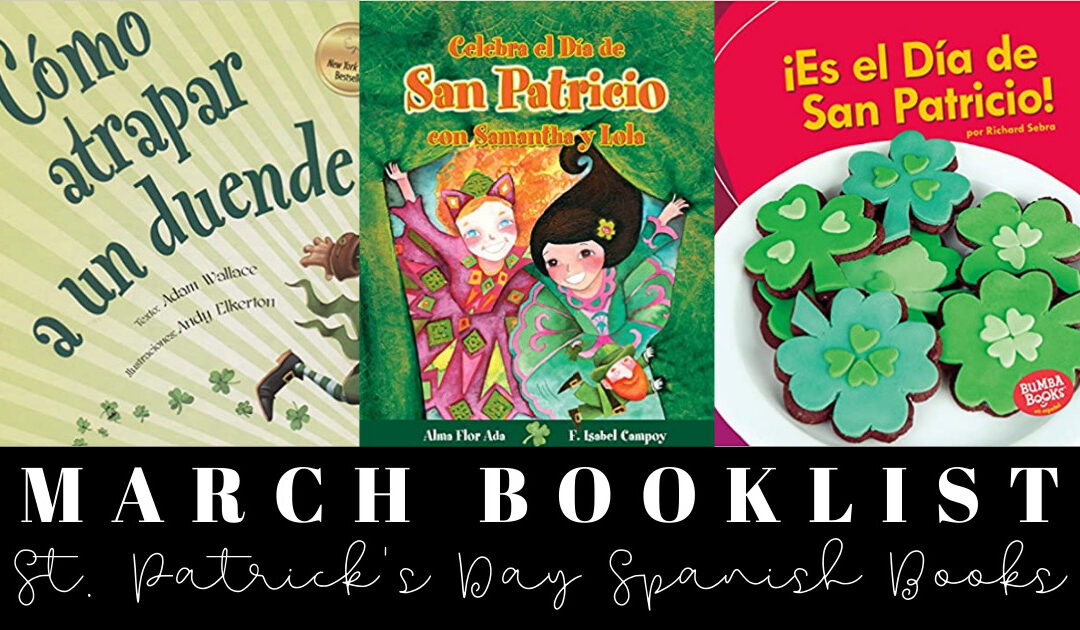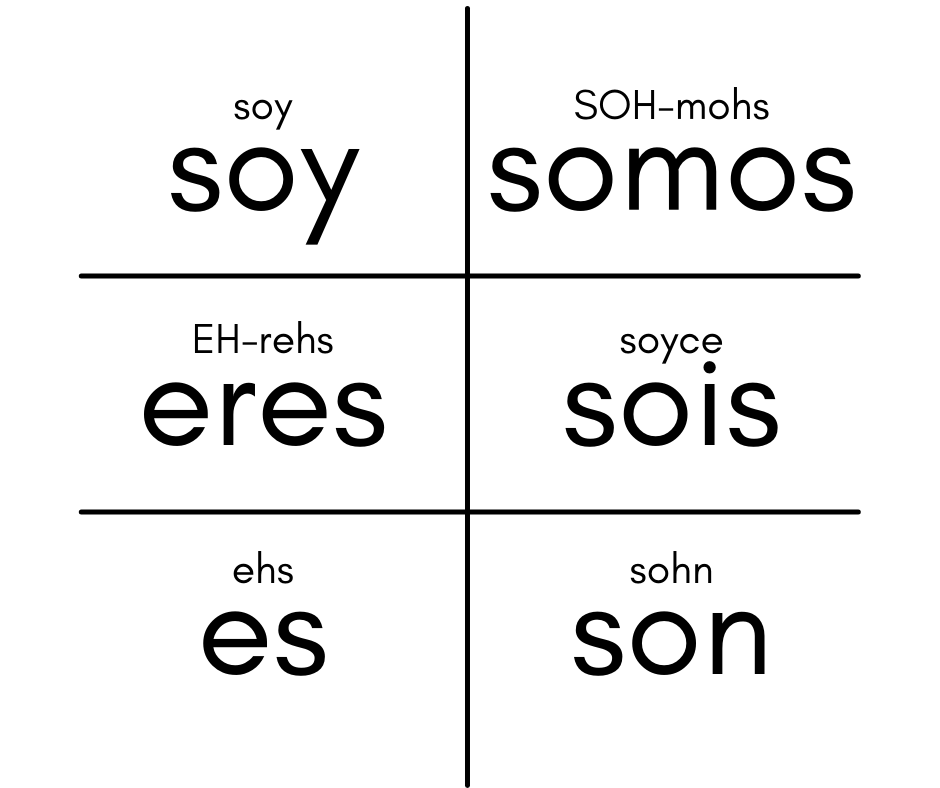
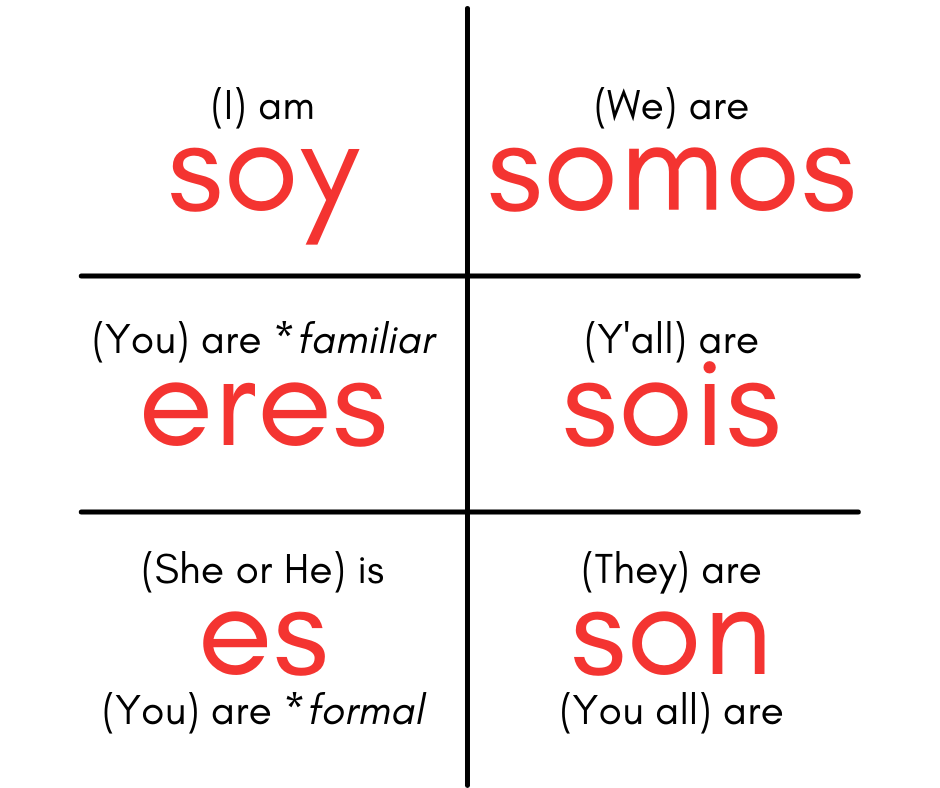
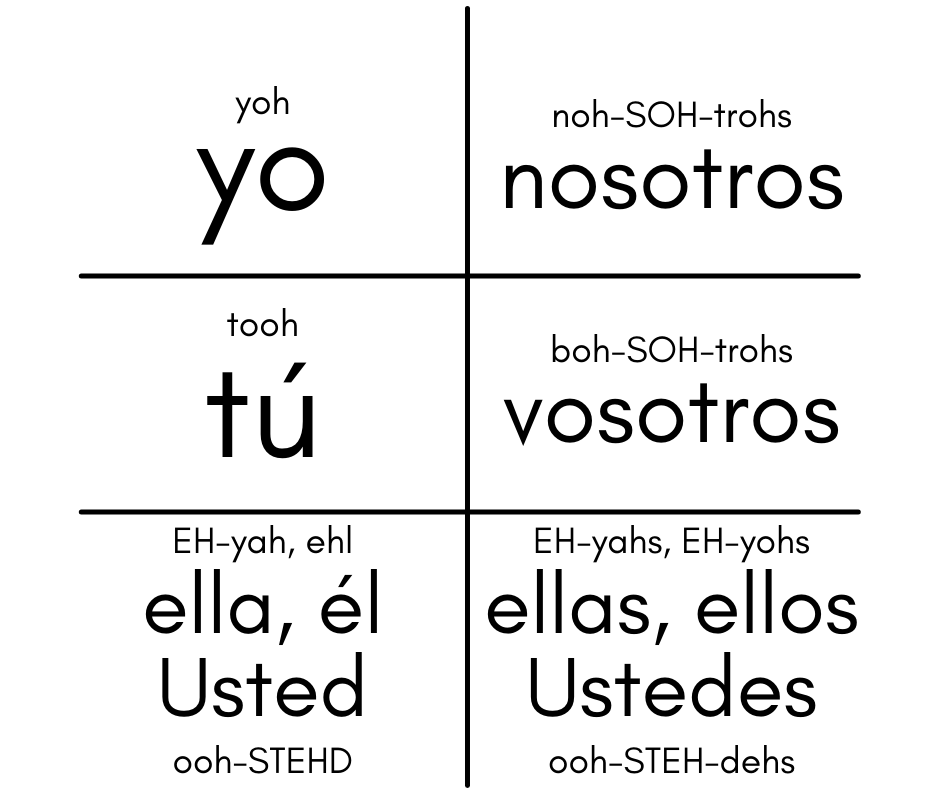
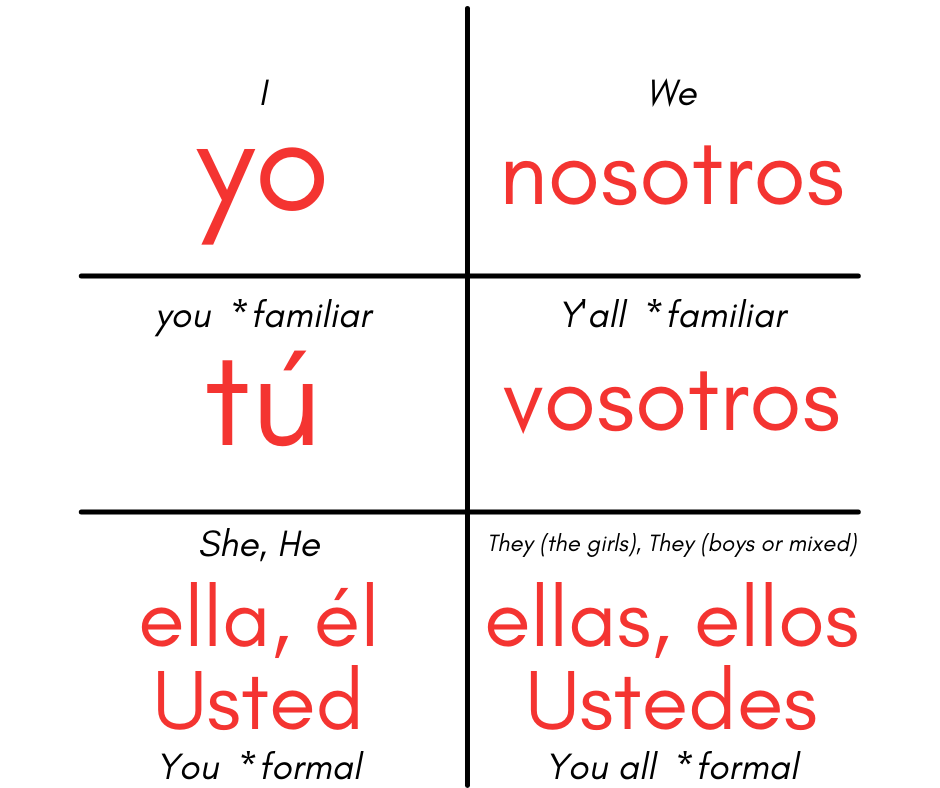
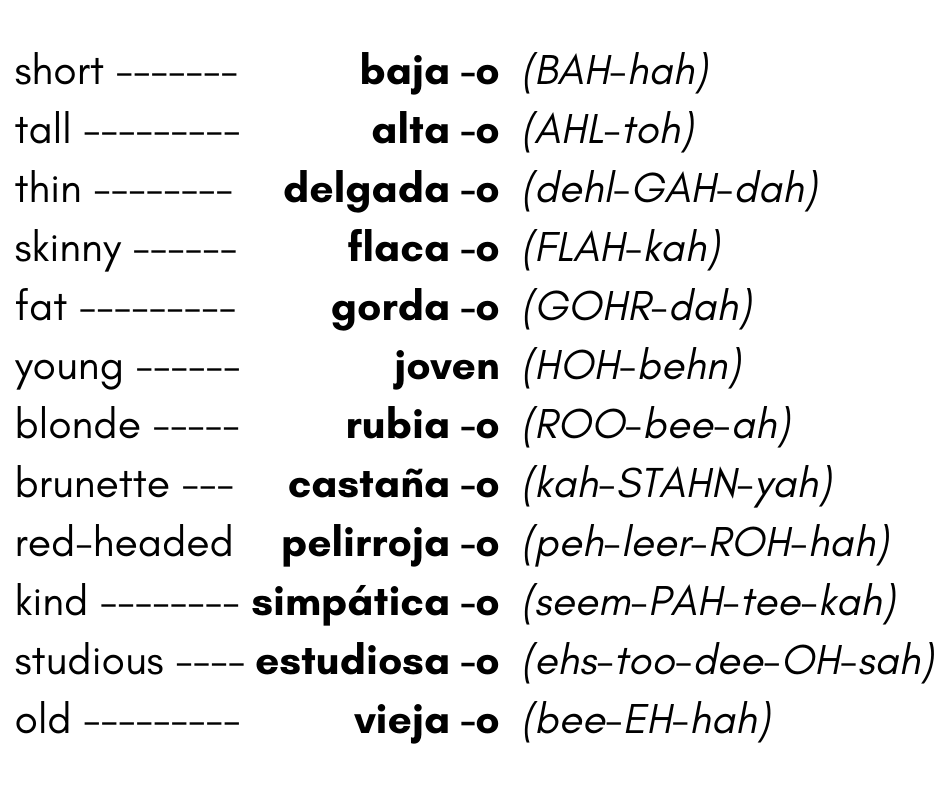
¿Cómo es?* (KOH-moh ehs)
What is he/she like?
or
¿Cómo eres?* (KOH-moh EH-rehs)
What are you like?
*Cómo means how. So literally these questions say, “How is he/she?” or “How are you?” But they are translated as “What is he/she like?” and “What are you like?”
Watch this fun video to see how it’s done!
I also try to cover the use of the verb ser in my Jump Into Spanish program for families. (Want to join us? Check out the program here.)
When teaching the verb ser to younger kids, I don’t explain all the grammar-y stuff above. We write little booklets that help us see the verbs used in context.
Print out Booklet 02 from our Term 3A unit to see what I mean. It has pronunciation guides and translations at the beginning, but if you have any questions on how to fill it out, don’t hesitate to ask me!
Booklet Instructions:
Print more than one of different pages depending on what your family looks like. (For example you may want to print two sister pages, or three brother pages, or two mom pages.)
Then have your kids illustrate a picture on each page and fill in the lines with them.
Now they can read a story describing their family and hear the verb ser used in context over and over again!
For help with more describing words go to www.wordreference.com to look up the words you need.
Do you want more materials like this sent to your inbox each week? Consider joining Jump Into Spanish!
Share your completed books with me on social media by using the hashtag #fortheloveofspanish!

